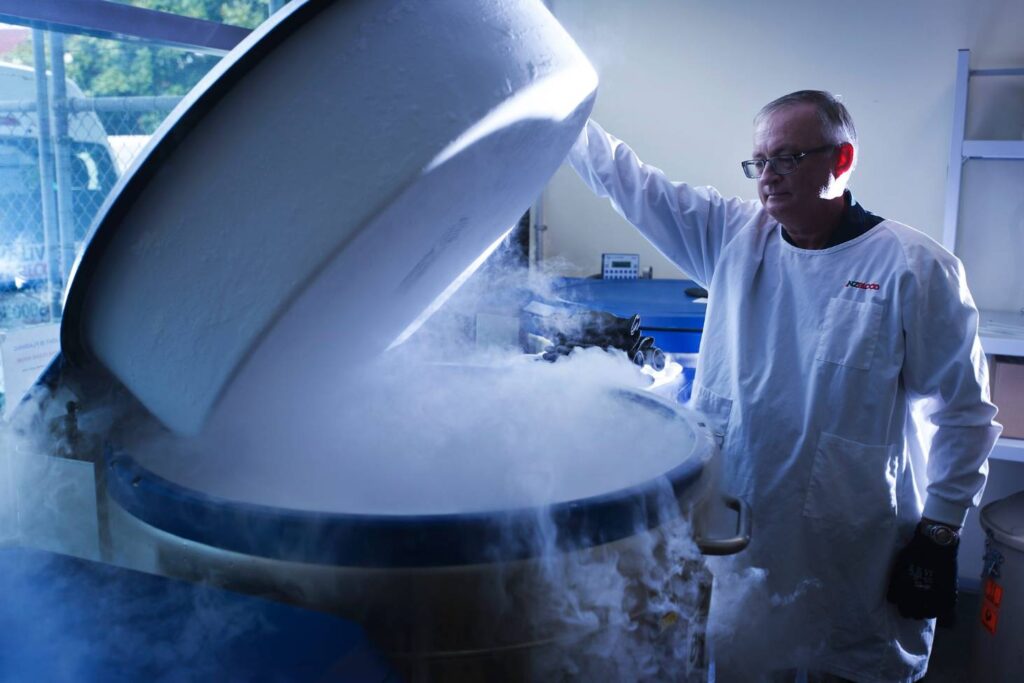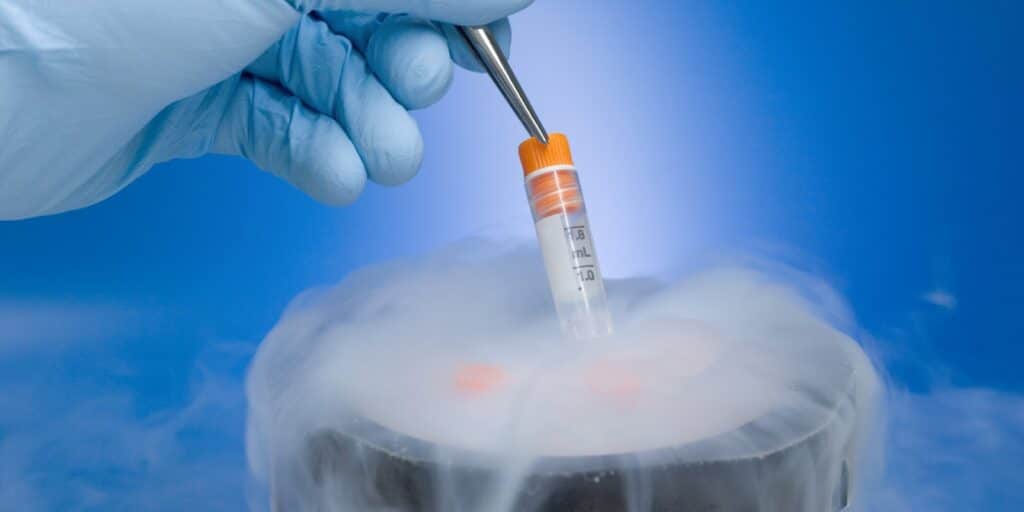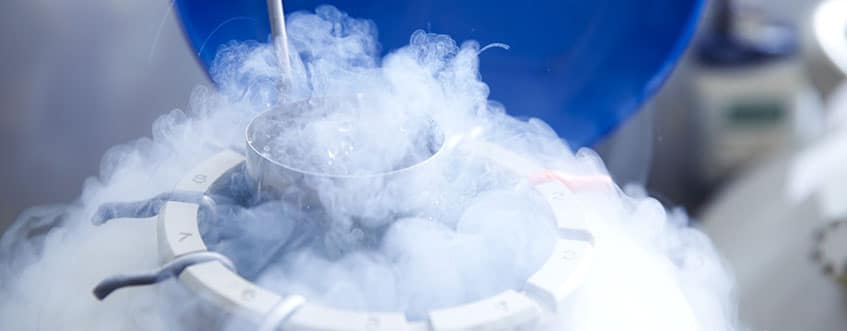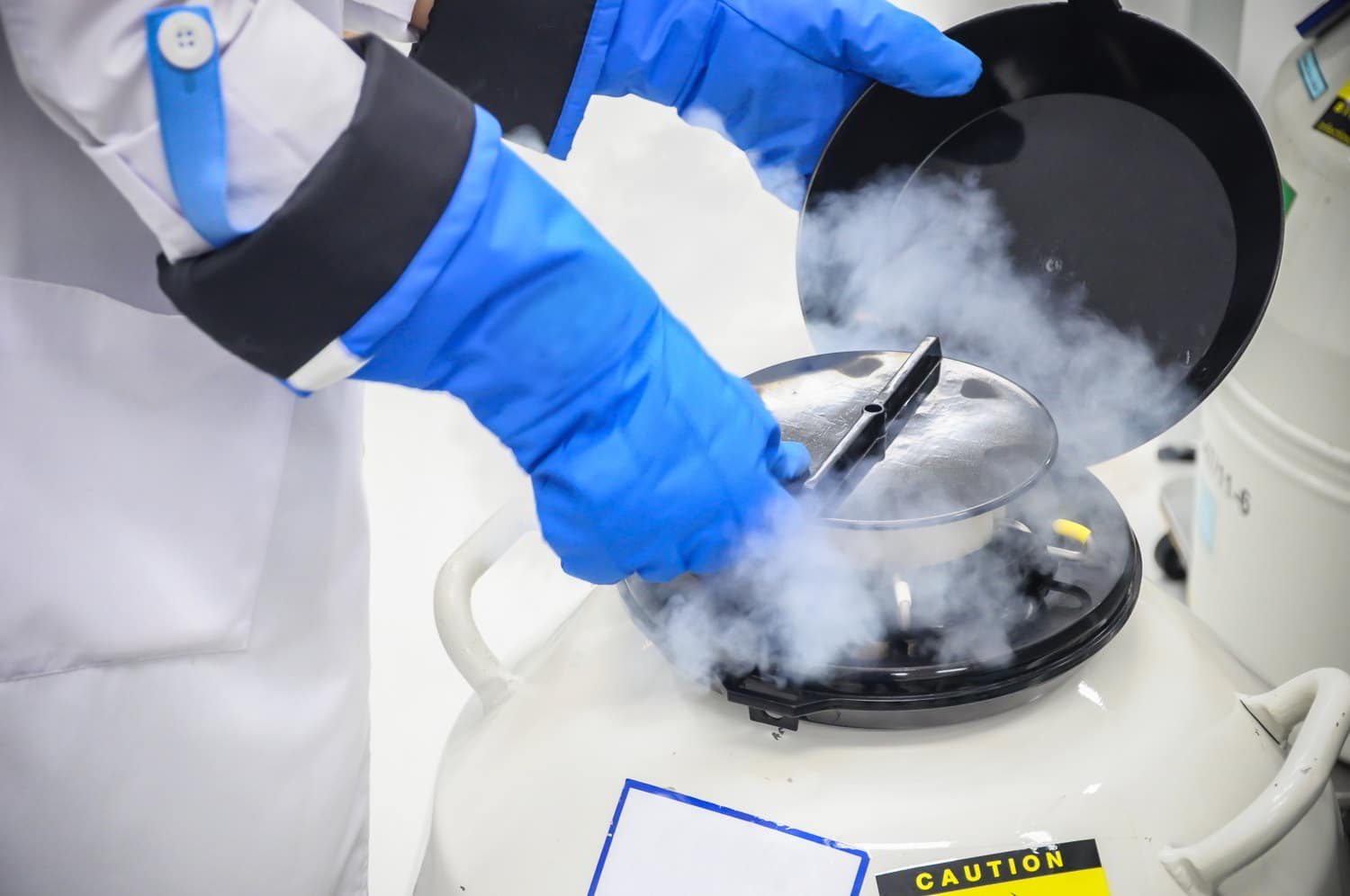Cryonics in Humans: Myth or Fact?
Introduction
Prepare for a cold dose of truth if you’re looking onward to an icy future. The idea of medically based cryopreservation is dead, regardless of a lucrative market.
Cryonics is made up of 2 main stages. The first stage is to freeze the living being, and the last stage is to defrost that living being. Freezing a living being is not much of a problem, given that body organs can remain preserved under low temperatures when they are out of a living being.
Cryonics in Humans
Why Cryonics in Humans Has Not Yet Been Effectively Implemented
The problem with preserving a body under low temperatures comes when it is time to defrost the body. Defrosting a body is not exactly like defrosting meat kept in the freezer. Body organs of warm-blooded animals are plenty and complex.
Not only will they have to defrost, but they will have to synthesize with each other at the right time and at the pace, in order for normal body functions to resume.
For example, the heart will have to start beating, in order to pump blood, which will in turn distribute oxygen to the body and transport other body necessities.
Let us say the reverse the process, that is, blood vessels or other organs are defrost before the heart. What do you think will happen?
One other thing is that no one really knows what consciousness is, and no one is really sure that even if an individual is entirely revitalised, the person’s body might come along with its consciousness.
Cryonics is not yet implemented at the moment, nevertheless, some clinical expertise can be gained from this exercise of trial and error.
The real question, however, is not whether clinical scientific research will certainly make progression, however, whether it will one day be able to revitalize a frozen body.
Since it is unsure when an icy individual would be restored, special care ought to be taken in that line.

Cryonics in Humans
How Scientists Envisage The Use of Cryonics in Humans
The excellent information for cryonic patients is that the cool temperatures grant them time in terms of how long they can live. This has become an inevitable discussion topic in terms of technical developments.
The fundamental innovations in this area will be the outcome of lengthy as well as careful research. If the idea of immortality comes true, one question which arises in our minds is how life extension, as well as cryonics, affect the global population?
It is better, nevertheless, to keep hope alive and also to risk it falling short merely by picking an interment or cremation, neither of which seems to have any value in restoring life.
Also if the large innovations never happen and the body continues to be icy for centuries, much is shed when you are already dead.
The Alcor Life Expansion Foundation recognizes that existing approaches of resuscitation of cryopreserved individuals are unlikely to be successful.
So this is not a setting that needs to be authorized by the law, because the fact is that cryonics might still have a chance to do well in the future. Cryonics may still meet JS’s hopes, yet as things stand, it can only provide a false hope at worst.

Cryonics in Humans
What the Society Thinks About Cryonics in Humans
Initially, cryonics intimidates the concept that death is irreversible, which, as clinical progression has advanced, it would certainly be required to reconsider the numerous regulations that feature its event.
By preserving relatives and also preserving the hope that they will certainly be effectively revitalized, households could proceed their own lives and possibly accept fatality without triggering unneeded suffering.
Some think that selling hope is also really unethical; while others have supported the idea, as they claim that actually cryopreservation is a better wager than certain death.
First, it appears to intimidate the suggestion that passing away does not trigger absolute fatality (that is, inevitably results in death) when one can say that a person is dead.
As opposed to preparing for Lazarus – like revitalizing a whole body – supporters of innovation might focus on conserving people “stored memories, and possibly incorporating them right into robotics.
A lot of investors also see cryonics as a way of solving the ageing problem, which is a good thing, because this may lead to the pouring of future needed resources and support in this research area.

Cryonics in Humans
What Scientist Think About Cryonics in Humans
Dr Fred Wilson, a teacher of medication at the University of The Golden State, San Francisco, claims that the troubles that thrill older members concerning cryonics are that they are beginning to live the emotional as well as the physical toll of old age.
Once they have actually thawed effectively, they do not need to stress over fatality, he claims.
The majority of criticisms of cryonics come from the truth that it entails freezing, yet some researchers claim that resuscitation goes to least within the world of physical opportunities which a resuscitated individual can be delighted.
It is likely that cryogenic conservation works best for bodies that have not yet satisfied the criteria for fatality, however, facilities are presently prohibited from freezing individuals that still show signs of life.
Numerous scientists have also called it “snake oil,” marketed to hopeless and also confident individuals that think that science will eventually have the ability to revitalize it, though there is no proof to support such an opportunity.
You might be attracted by the concept that your body will be medically frozen after your death and that you will certainly someday be revitalized.
Severe damages to the cryopreserved body can occur throughout the freezing process, making it impossible to revitalize or recover brain details, individualities or identity.
While there is no warranty that such individuals will be fully useful once more in the future, the certainty of high mind death is a choice that many individuals would prefer to avoid.

Cryonics in Humans
Conclusion
There are still billions who will certainly die without benefiting from future renewal treatments, and cryonics is the only present choice that supplies the possibility of a much longer life in the future, which is important for several people who do not have time to wait for the arrival of rejuvenation treatments.
Simulation resuscitation is a hideously false hope, the guarantee of modern technology, but difficult without the frozen dead cells that the cryonics industry supplies.
Just affluent individuals who can manage time travel and also cryonics far better than they can today ought to be cautious of making use of customers to get in the plan openly and also smartly provided the high costs.
Thanks for reading our article, and feel free to leave comments below in the comment section, in case of any suggestions or questions. We will gladly respond as soon as we see your comments.
For mobile users willing to receive our updates, switch to the desktop version using this link <<DESKTOP VERSION>> and hit the bell on the bottom right to receive notifications.
References
Other Interesting Articles
- Batband Bone Conduction Headphones
- Detecting Exoplanetary Life Using Oxygen
- The Future Tech Era: What Will Happen As From 2021
- J2157: Black Hole 5 Times the Size of Our Entire Solar System

Cryonics in Humans
Some Commonly Asked Questions and their Answers
During cryopreservation, no metabolic or chemical processes take place in the individual’s body, therefore there is no way for that individual to age.
The only living things that have been revived from cryonics so far, have been embryos. No human being has ever been revived from cryonics.
The prices for cryogenic freezing may vary according to the service rendered or the organization rendering the service. For a neuro cryopreservation, it can cost an individual about 80,000 dollars. Neuro cryopreservation is much cheaper than full-body cryopreservation since it entails just preserving the individual’s head. Full-body cryopreservation can cost up to 200,000 dollars. An alternative method of preserving the full body is using Cl. This method can cost about 30,000 dollars.
Cryonics is the freezing of human beings or other living things, with the aim of reviving them someday, while cryogenics is the freezing of objects or non-living things, in order to study the impact freezing has on them.











